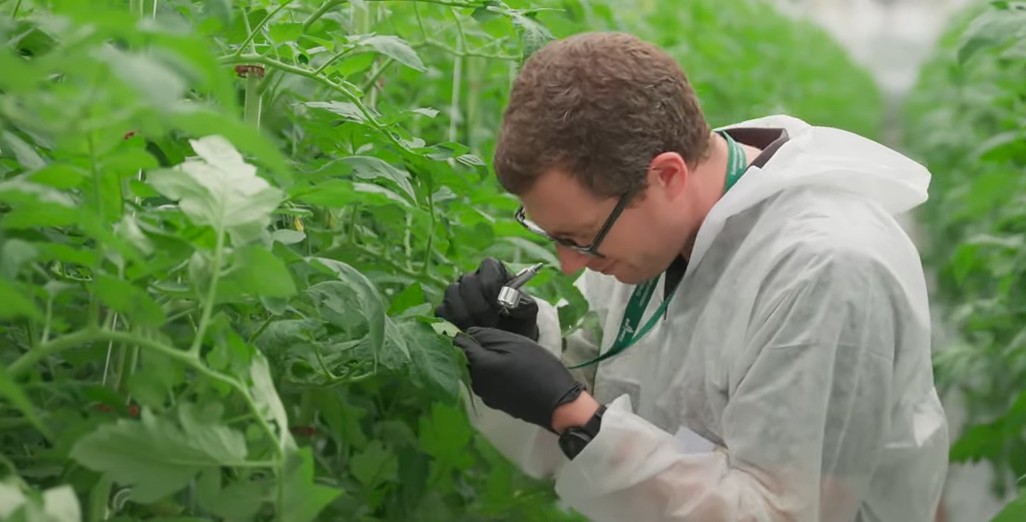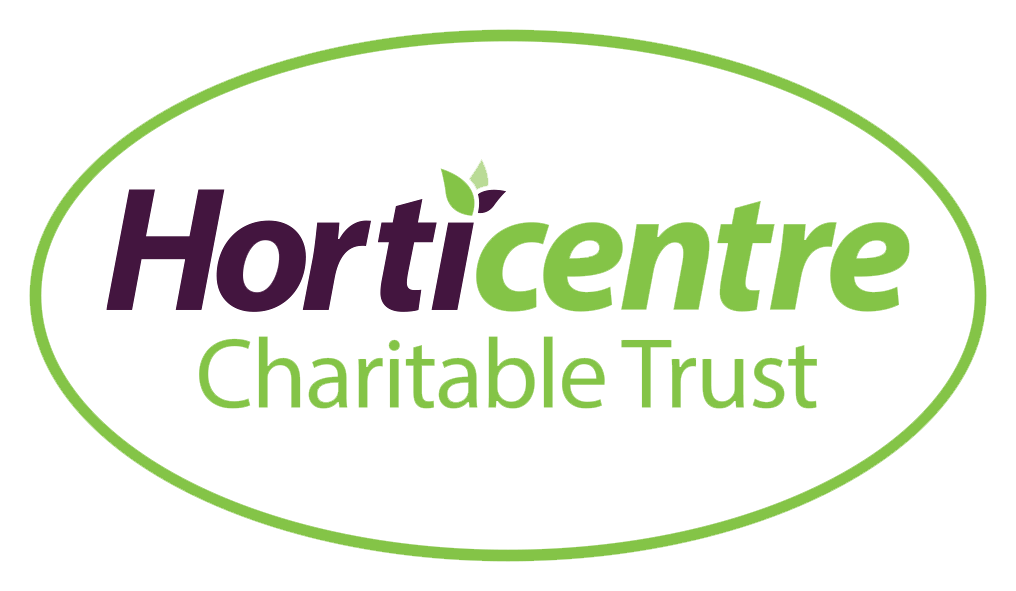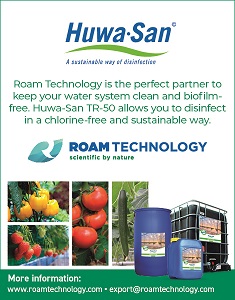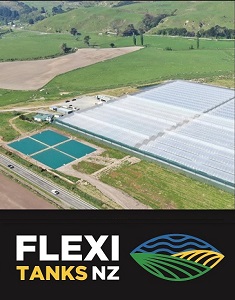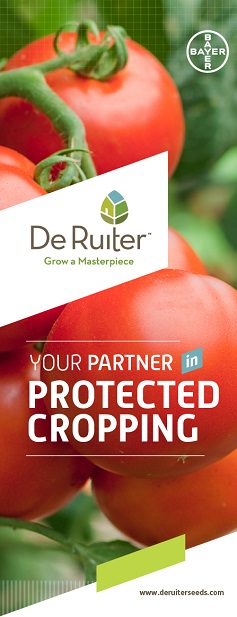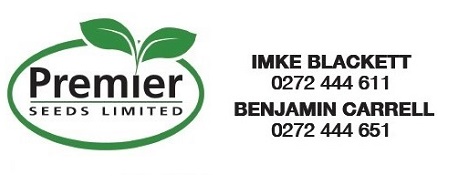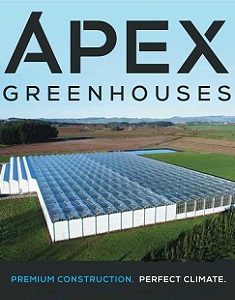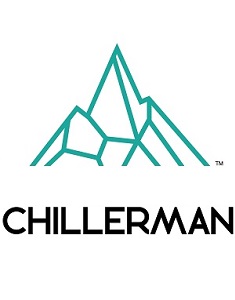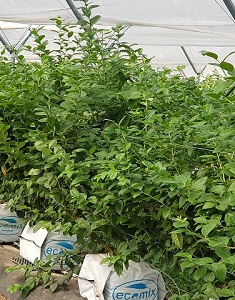Sign up here to subscribe to the Grower2grower Ezine. Every two weeks you will receive new articles, specific to the protected cropping industry, informing you of industry news and events straight to your inbox.
Oct 2021
COVID growing pains

When will this disruption ease?
Food supply is an essential service, nothing will alter that as we have to eat. However, since the official start of the pandemic, the past 18 months, the Consumer Price Index (CPI) has indicated a gigantic rise in the price of fruit and vegetables. The effects from the covid response and policies, rightly or wrongly, are major contributing factors to the rise in fresh fruit and veg. In turn this has deprived a huge portion of our population the opportunity to eat healthily, they simply cannot afford it. https://www.stats.govt.nz/information-releases/consumers-price-index-september-2021-quarter see Key Facts.
I saw a clip-on TV with a member of the public jokingly saying why go gold mining when you should go tomato mining. This tongue and check comment was made in response to the high price tomatoes reached in the supermarkets. For growers that achieved good returns recently – good on you for hanging in there and battling through last summer when returns were abysmal. This winter’s prices were the highest in a long time. The usual low winter production is always a factor and similar to last year there were minimal imports. Other factors, out of the control of growers, may have also caused a dip in supply. This is a supply and demand market; prices are determined by availability of product and the demand from consumers – basic.
Contributing factors such as rise in labour costs, consumables and energy prices have hit growers hard. Energy restrictions, including gas volume allocations, increase in ETS (directly effecting coal prices) may have both restricted how much some properties could heat to optimal levels or could afford or were prepared to spend on heating. Lowering temperature would lower production figures further reducing supply. Some growers changed planting times to avoid heating during the coldest months of the winter – more disruption. All of these factors combined exclude the elephant in the room I have not mentioned, this year’s incursion of the Pepino Mosaic Virus. It is very unclear how much this has impacted on first grade supply. Long term it is unclear also.
It is no surprise annual inflation is nearly at 5%. The price of a shipping container, to bring goods to NZ, has increased 4-fold from reports I have received. I expect any gains made by growers will simply go in increased costs. Currently, if it couldn’t get worse, fuel prices are sky rocketing, this will directly impact freight costs for growers and consumers. To stay afloat I fully understand businesses need to increase what they charge for goods or services, or face going out of business. Good strong competition will help keep prices down but there must be a tipping point.
Rapidly rising utility costs and struggling to make ends meet is not what I want for anyone in our communities. Fresh fruit and vegetables in diets is turning into a luxury that too many people, during the winter especially, are struggling to afford. If we want a healthier community, we need everyone to have access to affordable produce all of the time. Everyone in the chain from growing to distribution, that works hard are fully entitled to make a living. Supply and demand are key drivers of price but the only way to lower price is to produce more and do this at a lower production cost. If rising costs for growers are not controlled then expect constant increases in the CPI for fruit and veg in the next 12 months. It is simply out of growers control.

Cover photo – prices in Wellington during this past winter.
Article written and compiled by Stefan Vogrincic
All Article’s checked and edited by Marie Vogrincic
I appreciate your comments. Please feel free to comment on the grower2grower Facebook page:
https://www.facebook.com/StefanGrower2grower/
CLASSIFIED
Subscribe to our E-Zine
More
From This Category
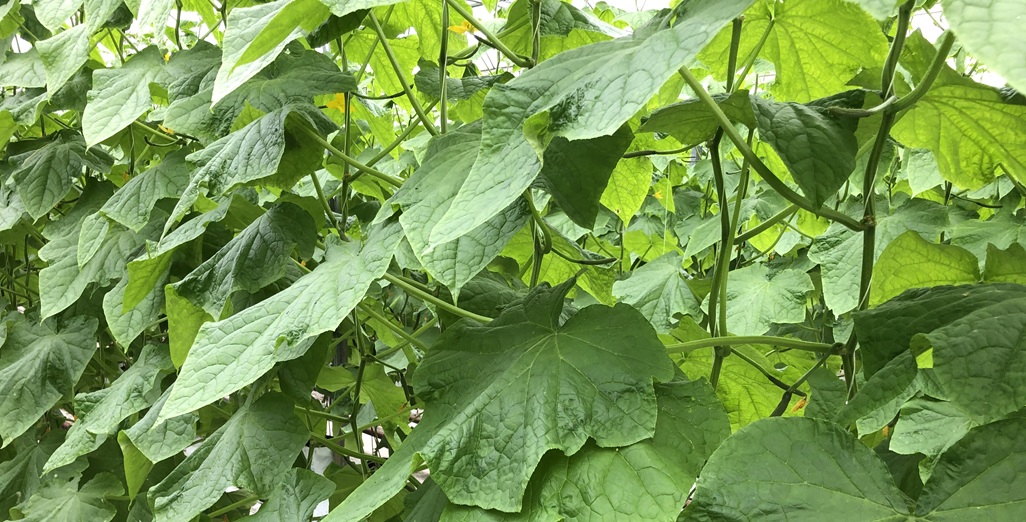
EPA – New reporting and notification requirements are coming in 2026

Skytree, a pioneer in direct air capture (DAC) technology, announces its official market entry into New Zealand.
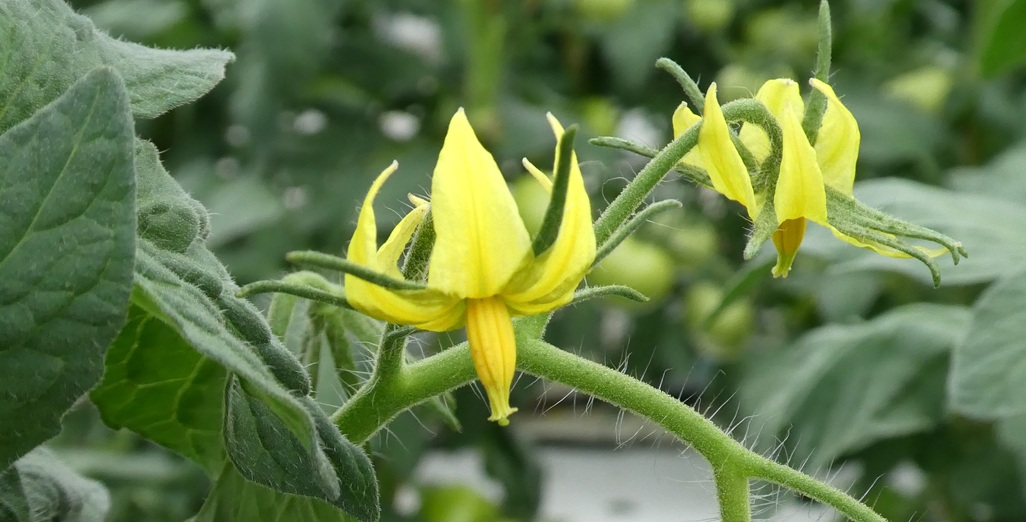
Celebrating 200 Editions of Grower2Grower: A Milestone for Our Growing Community
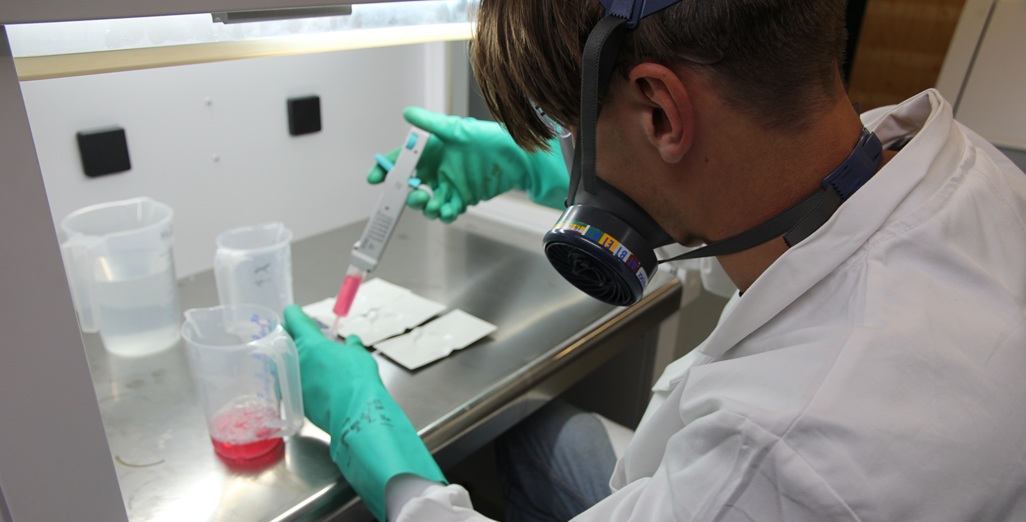
Metazet investigates chemical resistance of cultivation gutters: material choice crucial under stricter cleaning protocols
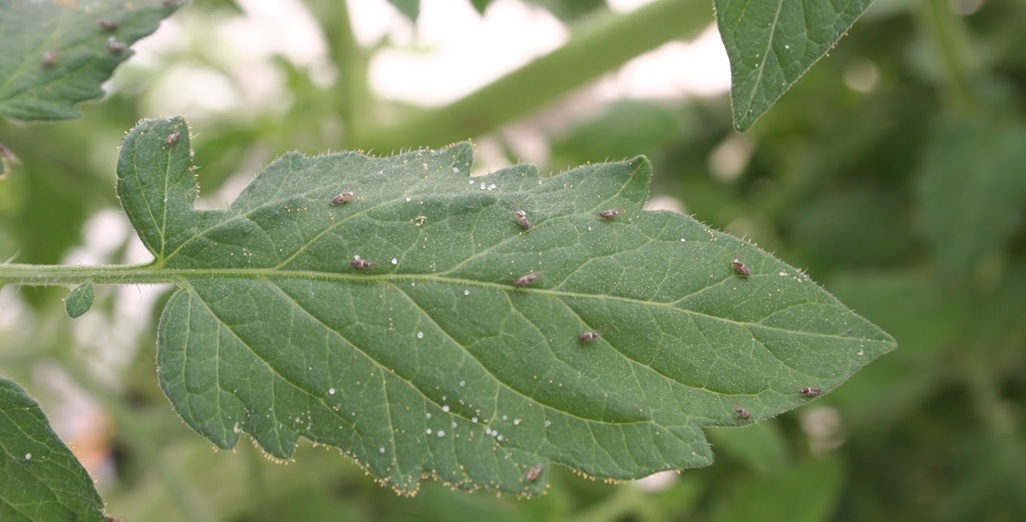
Tomatoes biocontrol focus of new podcast series
